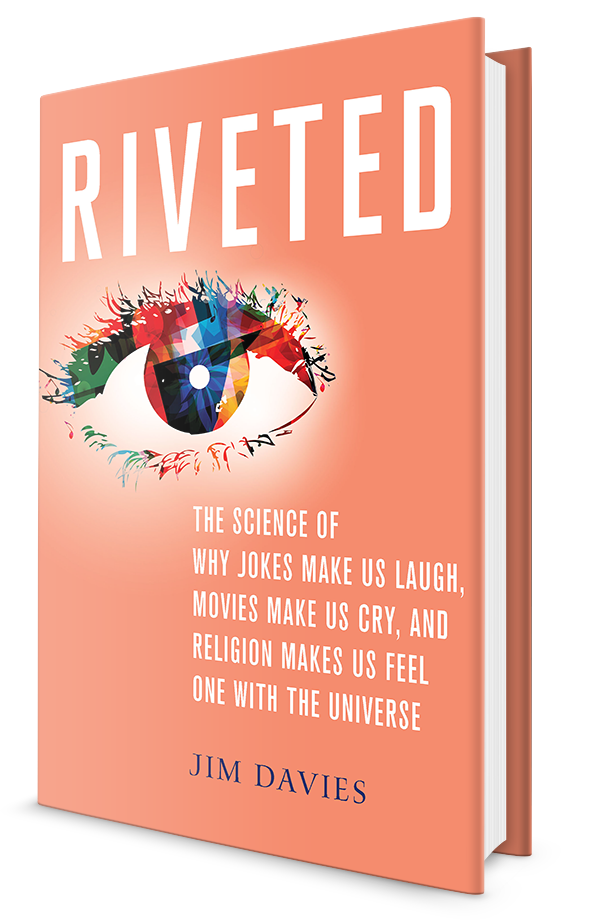

Secondly, the author, oddly enough, kept making predictions as if he was writing a scientific paper. I found it hard to slog on through the second half. When the chapters are about qualities, and he then discusses how those qualities feed into art, religion, media, etc. The Bad: However, a few things that I felt seriously held the book back:įirst, the organization left me with the feeling that the author was discussing topics more than once, with only a minimally different slant each time. (Almost too comprehensive, in parts, as I'll discuss below!) The author knows his stuff, and in general I felt that I did learn from the book (I even found myself discussing it in a random conversation, so the broad strokes of it really stuck.) Overall, it was interesting and well-researched, and the writing was engaging, though this isn't a book that I'll keep or read again. The Good: This book had a lot of good points, and it was very comprehensive. (Advanced reader copy received for free through the First Reads program.)

When the results came back, the participants' answers before the exercise had no correlation with who they actually found attractive in person! We are beginning to understand just how much the brain makes our decisions for we are rewarded with a rush of pleasure when we detect patterns, as the brain thinks we've discovered something significant the mind urges us to linger on the news channel or rubberneck an accident in case it might pick up important survival information it even pushes us to pick up People magazine in order to find out about changes in the social structure.ĭrawing on work from philosophy, anthropology, religious studies, psychology, economics, computer science, and biology, Davies offers a comprehensive explanation to show that in spite of the differences between the many things that we find compelling, they have similar effects on our minds and brains.

In one study of speed dating, people were asked what kinds of partners they found attractive. What we like and don't like is almost always determined by subconscious forces, and when we try to consciously predict our own preferences we're often wrong. Compelling things fit our minds like keys in the ignition, turning us on and keeping us running, and yet we are often unaware of what makes these "keys" fit.

Professor Jim Davies' fascinating and highly accessible book, Riveted, reveals the evolutionary underpinnings of why we find things compelling, from art to religion and from sports to superstition. The past 20 years have seen a remarkable flourishing of scientific research into exactly these kinds of questions. Why do some things pass under the radar of our attention, but other things capture our interest? Why do some religions catch on and others fade away? What makes a story, a movie, or a book riveting? Why do some people keep watching the news even though it makes them anxious?


 0 kommentar(er)
0 kommentar(er)
